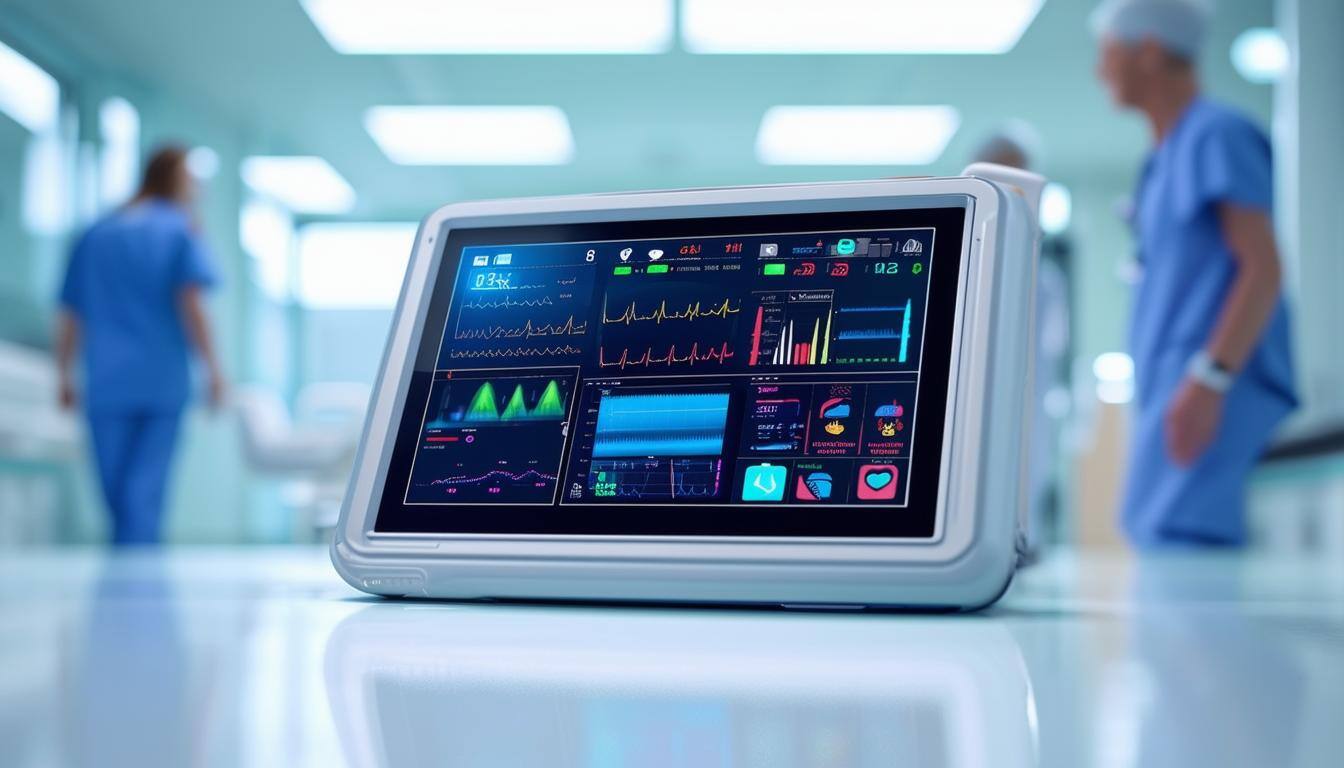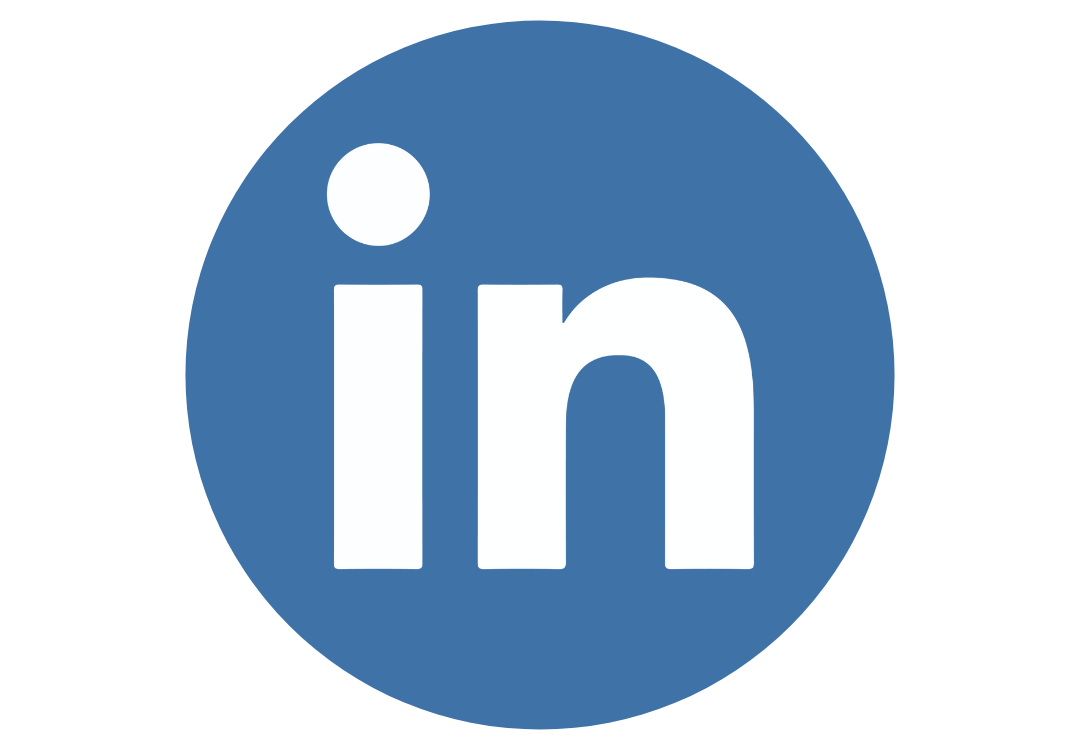Switzerland (Head Quarters)
IDR Medical Switzerland
Austrasse 95, CH-4051 Basel, Switzerland
T:
+41 (0) 61 535 1109
UK
IDR Medical UK
Unit 104 Eagle Tower, Eagle Tower
Montpellier Drive, Cheltenham, GL50 1TA
T:
+44 (0) 1242 696 790
USA
IDR Medical North America
225 Franklin Street, 26th Floor
Boston, Massachusetts 02110, USA
T:
+1 (0) 617.275.4465

Emerging Trends Transforming Healthcare Diagnostics
The healthcare diagnostics industry is undergoing rapid transformation, driven by new technologies, shifting patient expectations, and evolving healthcare needs. Staying ahead of these trends is essential for shaping product development and go-to-market strategies.
As outlined in our recent exploration of the top trends shaping the medical device industry in 2025, embracing innovations like AI and wearable devices is critical for success. These advancements present both challenges and opportunities for manufacturers.
In this article, we explore key developments in the diagnostics field and offer insights on how manufacturers can adapt their strategies to capitalize on emerging opportunities.
1. Point-of-Care Testing (POCT)
- Impact and Opportunity: Point-of-care testing (POCT) has become an essential part of modern healthcare, allowing for faster, more convenient testing for patients. While this trend offers substantial opportunities, it also comes with challenges, such as the need for devices that balance portability with high accuracy and reliability. Additionally, the regulatory environment for POCT devices requires careful attention to ensure compliance with stringent standards.
- Strategy Considerations: There’s a clear opportunity to develop POCT devices that are compact, user-friendly, and capable of delivering accurate results quickly. Understanding market dynamics and patient needs - especially the demand for faster turnaround times and reduced reliance on traditional lab visits - can guide product development.
2. Wearable Diagnostic Devices
- Impact and Opportunity: Wearable devices for continuous monitoring of chronic conditions are growing in popularity, driven by a shift towards more personalized, proactive healthcare. These devices offer the potential for real-time monitoring and early disease detection, but balancing form, function, and reliability can be a challenge. Additionally, wearables must be designed to integrate seamlessly into healthcare workflows and patient management systems.
- Strategy Considerations: To stand out in this competitive market, manufacturers need to focus on user comfort, long battery life, and the accuracy of data captured. Engaging with patients and healthcare providers to understand their needs and challenges will be crucial for creating products that truly improve patient care.
3. AI and Machine Learning in Diagnostics
- Impact and Opportunity: Artificial intelligence (AI) and machine learning are transforming the diagnostic landscape, enabling more accurate and efficient data analysis for early disease detection and personalized treatment plans. However, integrating AI into diagnostic devices presents challenges related to algorithm development, validation, and regulatory approval.
- Strategy Considerations: As AI becomes a key component of diagnostic solutions, ensuring the accuracy of data is crucial. Collaborating with healthcare professionals during the development process can help ensure the technology is practically applicable and delivers meaningful clinical insights.
4. Miniaturization and Portability
- Impact and Opportunity: The demand for compact, portable diagnostic devices is on the rise, particularly in underserved or remote areas where access to traditional healthcare settings is limited. However, miniaturizing diagnostic tools without compromising their performance or accuracy requires innovative engineering solutions.
- Strategy Considerations: Portability must be prioritized while ensuring devices meet regulatory standards for accuracy and reliability. Exploring lightweight materials, battery efficiency, and rugged design is essential to making devices suitable for diverse environments.
5. Non-Invasive Diagnostics
- Impact and Opportunity: Non-invasive diagnostic methods, such as breath analysis, transdermal sensors, and sweat monitoring, are gaining attention for their ability to improve patient comfort and ease of use. While the potential for these technologies is vast, significant technical hurdles remain, including ensuring that these devices provide clinically reliable results.
- Strategy Considerations: Focusing on extensive clinical validation and research is essential to building trust with healthcare providers and patients. Addressing regulatory concerns early in the development process also ensures a smoother path to market.
6. Telemedicine and Remote Diagnostics
- Impact and Opportunity: Telemedicine’s rapid growth is expanding the need for diagnostic devices that can operate remotely, allowing healthcare providers to monitor patients from a distance. This shift requires manufacturers to design devices that can reliably transmit data and integrate with telemedicine platforms. Data security and patient privacy are also critical considerations as remote diagnostics continue to grow.
- Strategy Considerations: Developing devices that ensure secure, seamless data transmission while maintaining accurate data collection is essential. Compliance with privacy regulations, such as HIPAA and GDPR, is key to gaining trust from both patients and healthcare providers.
7. Genomics and Personalized Medicine
- Impact and Opportunity: The rise of genomics and personalized medicine presents a growing opportunity for diagnostic device manufacturers. Devices that can analyze genetic information and tailor treatment plans based on individual genetic profiles are becoming increasingly important in the treatment of various diseases.
- Strategy Considerations: Staying informed about advancements in genetic testing is essential, as is ensuring that devices can integrate effectively into personalized treatment workflows. Collaborating with clinicians and geneticists helps refine product designs to meet specific medical needs.
8. Data Security and Blockchain in Diagnostics
- Impact and Opportunity: As healthcare data becomes more digital, ensuring the security of patient information is paramount. Blockchain technology offers the potential to provide secure, tamper-proof records for diagnostic data. However, challenges remain with its integration into existing healthcare systems and regulatory acceptance.
- Strategy Considerations: Assessing the potential for blockchain to secure diagnostic data and exploring how it can complement existing data storage and sharing solutions is essential. Staying ahead of regulatory developments is crucial for ensuring compliance.
9. Navigating Regulatory Challenges
- Impact and Opportunity: As diagnostic technologies become more complex, regulatory requirements are evolving to keep pace. Manufacturers must navigate the increasing complexity of regulatory frameworks, particularly when developing devices that incorporate cutting-edge technologies such as AI or genomics.
- Strategy Considerations: Staying up-to-date with regulatory changes and maintaining open communication with regulatory bodies is essential for avoiding delays in product approval. Developing a strong regulatory strategy early in the product development process streamlines the path to market.
Looking Ahead: Adapting to the Changing Diagnostics Landscape
The diagnostic industry is transforming, driven by technological innovations and changing healthcare needs. For manufacturers, success in this rapidly evolving market will depend on their ability to stay informed, adapt to new trends, and meet the demands of patients, healthcare providers, and regulators. By focusing on the opportunities presented by these key trends - and addressing the associated challenges - manufacturers can position themselves for long-term success.
At IDR Medical, our research capabilities, coupled with our market insights and regulatory expertise, can help you navigate these challenges and seize the opportunities ahead. Let us partner with you to develop a go-to-market strategy that positions your diagnostic devices for success, from product development to widespread adoption.
Contact us today to learn how we can support your journey in the diagnostics market.


